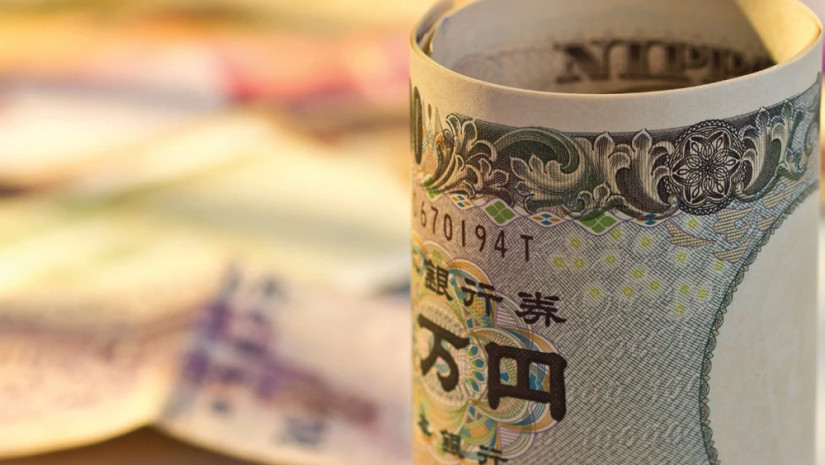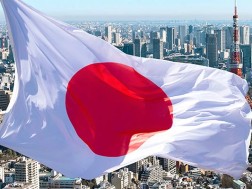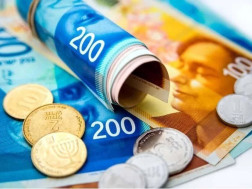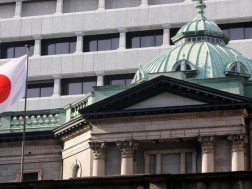A fresh bout of weakness in Japan’s currency has lead some market watchers to predict more sizeable interventions by the country’s central bank as it persists with its ultra-dovish policy in a world of high rates and high inflation.
The Japanese yen has been sliding toward levels that last prompted government officials to take action to support the currency. This as foreign investors enjoy a rally in Tokyo stocks thanks to the cheaper exchange rate.
The Japanese yen traded just north of 140 against the U.S. dollar on Monday, after the currency breached that level at the end of last month for the first time since November.
Last year, Japan’s Finance Ministry intervened with roughly $68 billion to prop up the yen on three separate days: Sept. 22, Oct. 21 and Oct. 24 — as the currency notched 150 against the greenback, weakening to levels not seen since 1990. Interventions are usually unannounced and consist of the central bank buying large amounts of yen using billions in dollar reserves.
HSBC’s head of Asian foreign exchange research, Joey Chew, said the yen’s recent movement will prompt questions about whether the government will intervene to support the currency.
"Now that USD-JPY has broken above 140 (on the back of higher U.S. yields), we think there will soon be questions about potential MoF [Ministry of Finance] intervention,” she wrote in a Thursday research note.
However, pointing to recent language used by Finance Minister Shunichi Suzuki, she added that immediate action seems less likely.
“The language used is definitely not as tough compared to the lead up to the September 2022 intervention,” she said.
Masato Kanda, Japan’s vice minister of finance for international affairs, told reporters last week that the government would step in if needed as the yen showed further weakening, according to Nikkei. Kanda’s comments came after an unscheduled meeting between officials at Japan’s Finance Ministry, the publication reported.
Chew said, “We will look out for words like ‘sense of urgency’, ‘excessive’, ‘one-sided’, ‘ready to act’, coming from more speakers including Kanda or even Prime Minister [Fumio] Kishida.”
On watch for 145
This time, government officials could intervene when the yen reaches the 145 level against the greenback, Chew said.
She noted the month-on-month change seen in the currency before the intervention in September had a range of 6% to 8%. The recent movements in the currency shows a 4% to 5% range, she added. “To get to above 6% m-o-m, USD-JPY would have to rise to 145,” she said.
Meanwhile, Goldman Sachs economists noted in a May 26 research report that further interest rate hikes from the U.S. Federal Reserve will weaken the yen further.
“We think that if markets continue to price a better U.S. growth outlook and more hawkish Fed expectations then this is consistent with JPY underperformance, and rate differentials explain most of the recent JPY weakening,” they said.
With the Bank of Japan maintaining its ultra dovish stance of negative interest rates, the rate differentials between the U.S. and Japan’s central bank will persist, they said.
“We still see risk of even less Yen strength if the Fed continues hiking or the BoJ keeps policy unchanged for longer than we expect, both of which we think currently look like a closer call than a US recession,” they said.
The Bank of Japan’s next monetary policy meeting is scheduled to be held on June 15 and 16. Global investors usually flock to a country’s currency where a central bank is raising rates, in the hope of a higher yield on their investments, thus shunning currencies (like the yen) where rates are still very low, CNBC reports.
















